Law changes strengthen protection for livestock
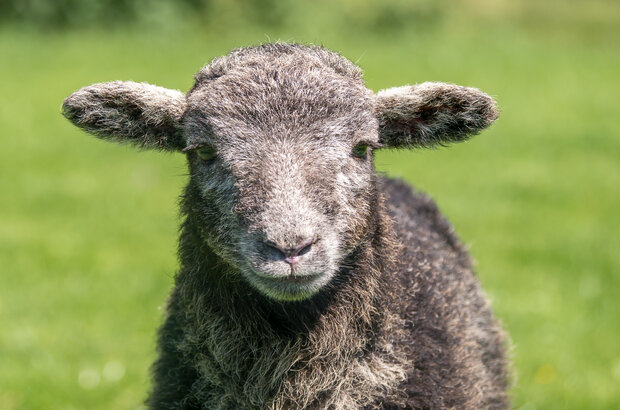
The Dogs (Protection of Livestock) (Amendment) Act 2025 received Royal Assent today, strengthening legal protections for farmers against livestock worrying.

The Dogs (Protection of Livestock) (Amendment) Act 2025 received Royal Assent today, strengthening legal protections for farmers against livestock worrying.
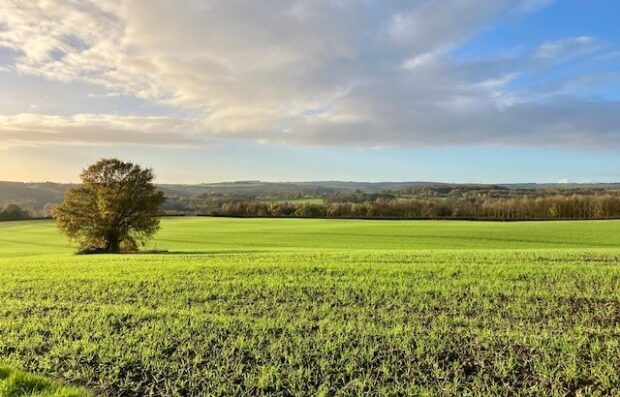
With the next round of the Accelerating Development of Practices and Technologies (ADOPT) fund now open, we highlight some projects that have recently begun, to inspire you to apply.
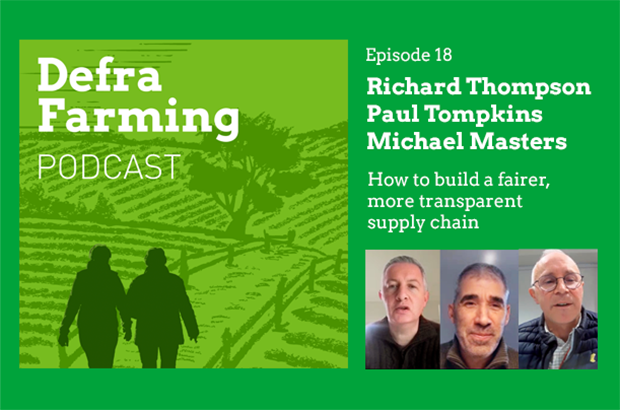
In this post, we share the latest podcast featuring Agricultural Supply Chain Adjudicator Richard Thompson with Paul Tompkins (NFU Dairy Board Chair) and Michael Masters (Barber's Farmhouse Cheesemakers). They discuss building a fairer, more transparent supply chain following new regulations. We also include a link to, and summary of, the ACSA's first annual report.
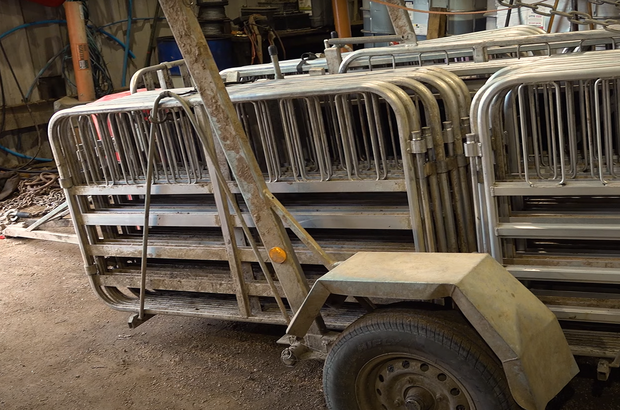
We’re pleased to confirm that over 8,800 applicants have successfully secured funding through this year’s Farming Equipment and Technology Fund (FETF). Grant Funding Agreements (GFAs) have now been sent.
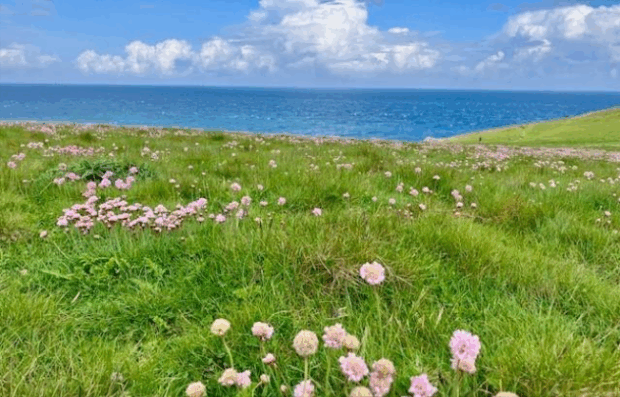
From today, eligible farmers, foresters and land managers who’ve received pre-application advice and completed any necessary preparatory works will be invited, on a rolling basis, to apply for Countryside Stewardship Higher Tier (CSHT) online.
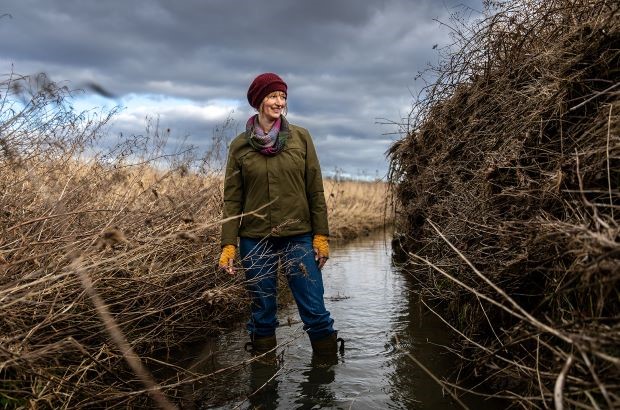
Landscape Recovery is entering a new phase, with two pioneering projects starting long-term delivery on the ground. They show how farming, nature and rural communities can thrive together, supporting the government’s commitment to a sustainable and resilient farming system in England.
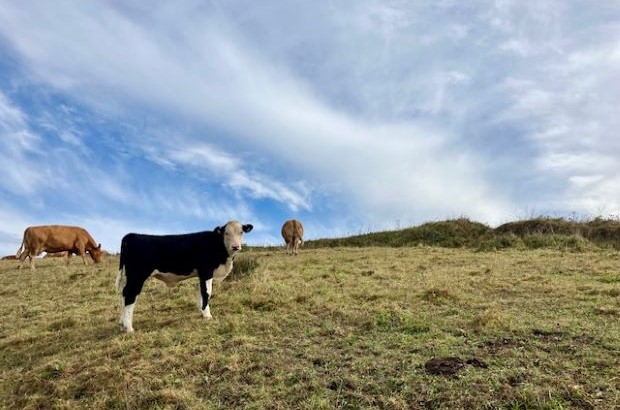
On Tuesday 19 August, we hosted a webinar specifically for cattle farmers explaining how they can access funding for an Animal Health and Welfare Review and the follow-up vet visit for endemic diseases. In this post, we share an overview of the webinar and a link to watch the recording.
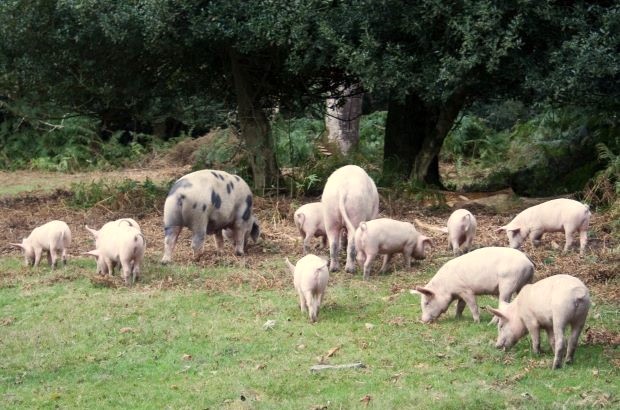
The Fair Dealing Obligations (Pigs) Regulations 2025 (FDOP2025) will come into force from 13 August. FDOP2025 is designed to make contracts fairer and more transparent across the pig industry. In this guest post, Richard Thompson, the Agricultural Supply Chain Adjudicator (ASCA) shares an overview.
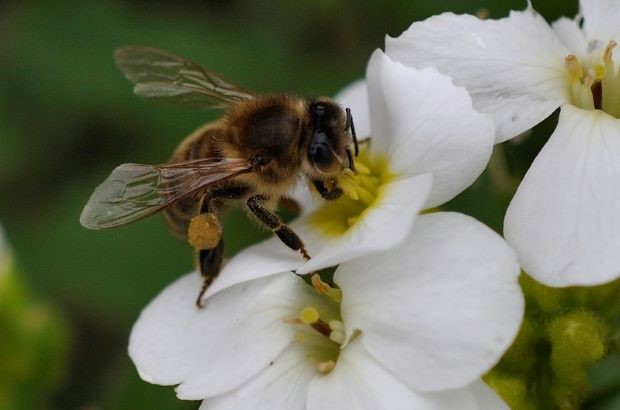
This is a short post to let you know that we’ve now fully allocated all available funding for the 2025 round of Capital Grants. The next round of funding will be available in 2026.
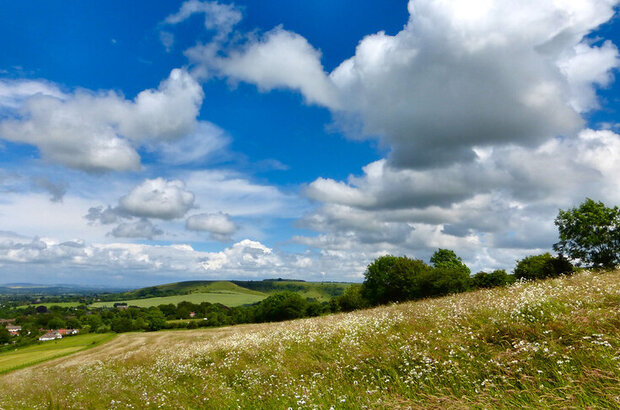
In September, the new Countryside Stewardship Higher Tier (CSHT) service will open for applications to those who have been invited to apply, have received pre-application advice and have completed any preparatory work.